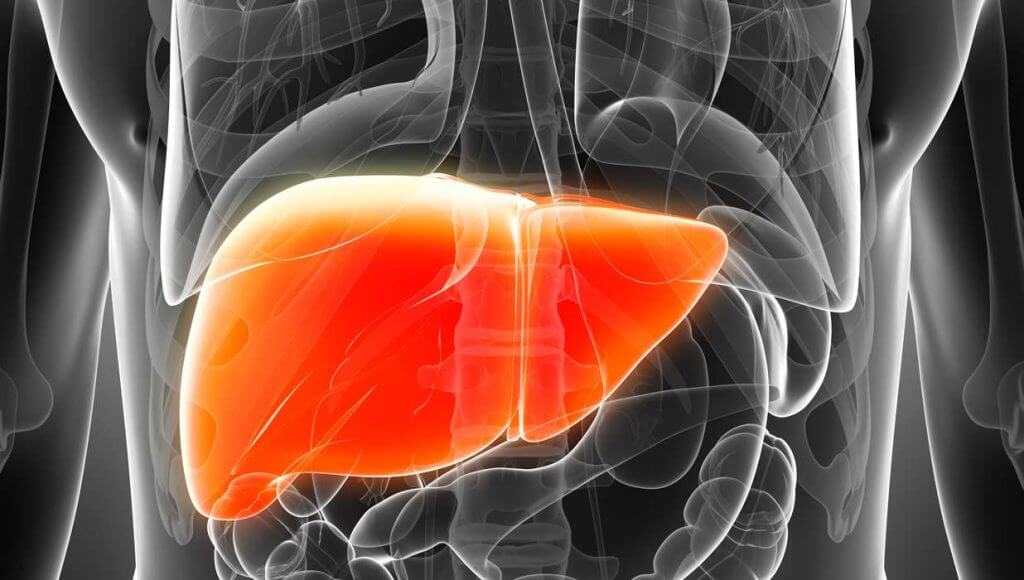Healthcare is an ever-evolving field, and it is constantly embracing new technologies to improve patient care and radiology services. As technology advances, it can be used to create better radiology services. In this blog post, we will explore the benefits of technology-enhanced radiology services, including how artificial intelligence and machine learning can advance diagnostic accuracy. We will also discuss telemedicine and how it can expand accessibility to radiology services. By the end of this post, you will have a better understanding of the potential of technology for healthcare and radiology services.
More details: neurologist
The Benefits Of Technology-Enhanced Radiology Services
The use of technology-enhanced radiology services has many benefits for patients and providers alike. With increased accuracy through AI and computer vision technologies, faster diagnoses due to real time data analysis, and reduced costs due to digital processes, technology-enhanced radiology services can help you achieve greater efficiency and accuracy in your work. Additionally, easier access to remote medical services and improved communications and collaboration between radiology professionals can result in more personalized treatments for patients.
All of these advantages come at a cost, of course. At times there may be a slight delay in treatment while the system is updated or while the doctor reviews the results of the imaging. However, overall patient satisfaction is often higher with technology-enhanced radiology services than traditional radiography. In fact, studies have shown that up to 86% of patients are satisfied with this type of service compared to only 47% who are satisfied with traditional radiography. As evidence continues to mount in support of technology-enhanced radiology services, it’s clear that they’re here to stay – so make the switch today and see all the benefits for yourself!
Improving Patient Care Through Technology Innovation
Radiology is a field that relies heavily on technology innovation to improve patient care. Advances in imaging technologies, such as MRI and CT scans, have the potential to provide faster and more accurate diagnoses that lead to improved patient care. These technologies allow clinicians to see details that they couldn’t before, which can lead to faster and more accurate diagnoses. AI and ML are two key areas of healthcare image analysis that are playing an important role in this revolution in radiology services.
For example, ANNIE (Automatic Nomenclature for Images Interpretation), a deep learning algorithm developed at Stanford University, is used to automatically detect anomalies on MRI images. This technology can help clinicians make more accurate diagnoses and save time by identifying abnormalities earlier than traditional methods would. In addition, big data analytics can be used in conjunction with medical robotics to reduce the time and complexity of procedures. For example, robots can be used to assist during surgery by moving equipment around or assisting with manual tasks such as suturing. By freeing up clinicians’ time for patient care, these advances in technology have the potential to improve patient care immensely.
The role of technology in healthcare isn’t going away anytime soon – it’s essential for improving the quality of life for patients everywhere. By adopting advanced technology innovations in radiology services, you can help ensure that patients receive the best possible care possible!
Using AI And Machine Learning To Advance Diagnostic Accuracy
Radiology is a field that relies heavily on technology to provide accurate results for patients. However, as diagnostics have become more complex and data has become more abundant, there has been an increase in medical errors. In order to reduce these errors and improve the accuracy of radiology results, we need to use machine learning and AI.
Machine learning is a type of AI that allows us to learn from data without explicitly programmed instructions. This type of AI can be used to improve the accuracy of radiology results by automatically detecting abnormalities and making appropriate diagnoses. By doing this, we can reduce the amount of time that is spent on each diagnosis, which in turn reduces the amount of time that is spent waiting for results.
Along with reducing errors, machine learning also has a positive impact on diagnostic accuracy. For example, it can help us identify rare diseases or conditions earlier than would be possible without it. This allows for better treatment planning and faster diagnosis – both of which have a direct impact on patient experience and safety.
Reducing medical errors through improved early detection isn’t the only benefit of using machine learning in radiology; it also has the potential to save money for both the healthcare system and individual patients. The increased accuracy of data analysis can result in reduced backlogs and shorter waiting times for tests – both of which lead to increased efficiency within the system as a whole. Additionally, advanced data analytics can allow radiologists to make better decisions based on insights they have access to (rather than just relying on clinical data). This could further enhance their roles within the field by providing them with greater knowledge and insights about their patients’ care pathways.
Overall, using machine learning and AI in radiology has many benefits for both patients and doctors alike – including faster diagnosis times, reduced medical errors, cost savings through improved efficiency, enhanced roles for radiologists, as well as new research opportunities due to increased accuracy of data analysis.
Exploring Telemedicine For Expanded Accessibility
Improved healthcare accessibility through Telemedicine has the potential to revolutionize the way that patients receive care. Currently, many patients are unable to access specialized medical care because they are not located in a major city. Telemedicine could help to solve this problem by allowing doctors to consult with specialised medical professionals in remote settings. This would allow patients access to high-quality healthcare without having to travel long distances.
Visit this website: 6 Overlooked Treatments for Lower Back Pain
Another advantage of Telemedicine is that it allows for immediate consultation with doctors. This eliminates the need for patients to wait long periods of time for an appointment, or for their doctor to see them in person. It also allows doctors and other healthcare professionals to provide treatment immediately, which can be lifesaving in cases of emergency.
While using Telemedicine technologies is an amazing opportunity, there are still some challenges that must be addressed. For example, quality assurance and data security protocols must be implemented carefully so that patient information is kept confidential and secure. Additionally, improved collaboration between physicians and other healthcare providers is needed so that everyone can share best practices and improve patient outcomes as much as possible. The future of digital collaboration between physicians and other health providers looks bright – let’s continue working hard on making it a reality!
To Summarize
The use of technology-enhanced radiology services can create a better patient experience, reduce medical errors, and provide improved access to healthcare. Artificial Intelligence (AI) and machine learning have the potential to increase diagnostic accuracy and reduce costs. Telemedicine can also expand accessibility to radiology services for patients who would otherwise not be able to receive them. By embracing the power of technology for healthcare, we can work together towards a future of improved patient care.











